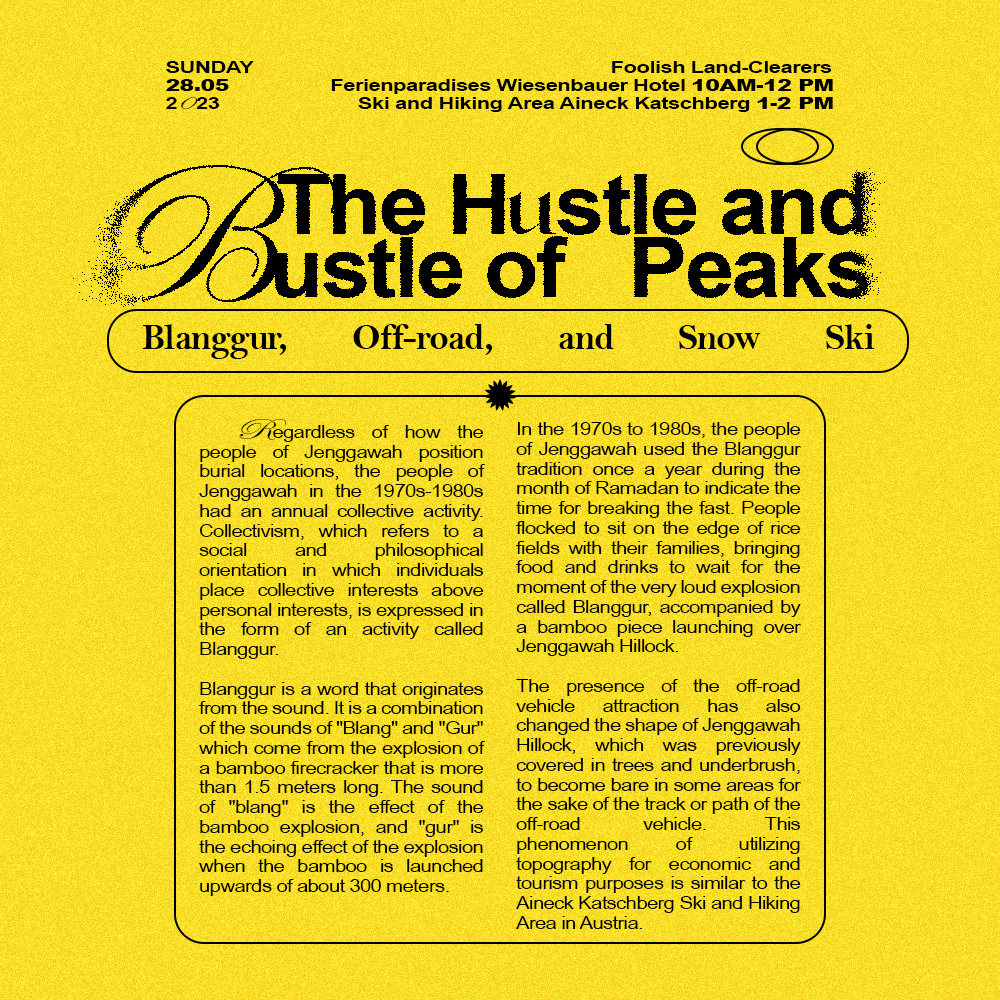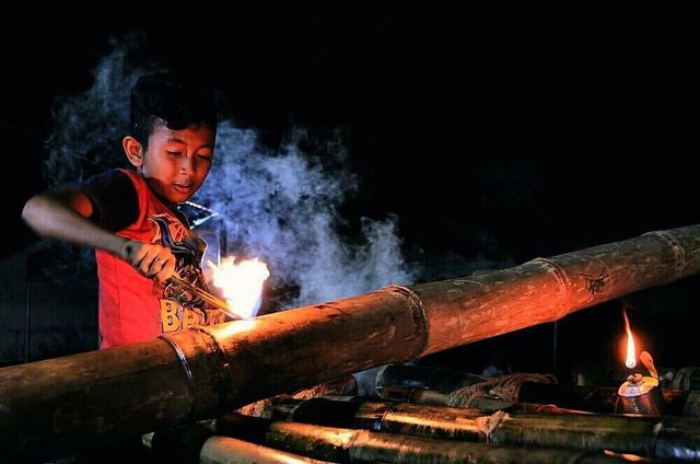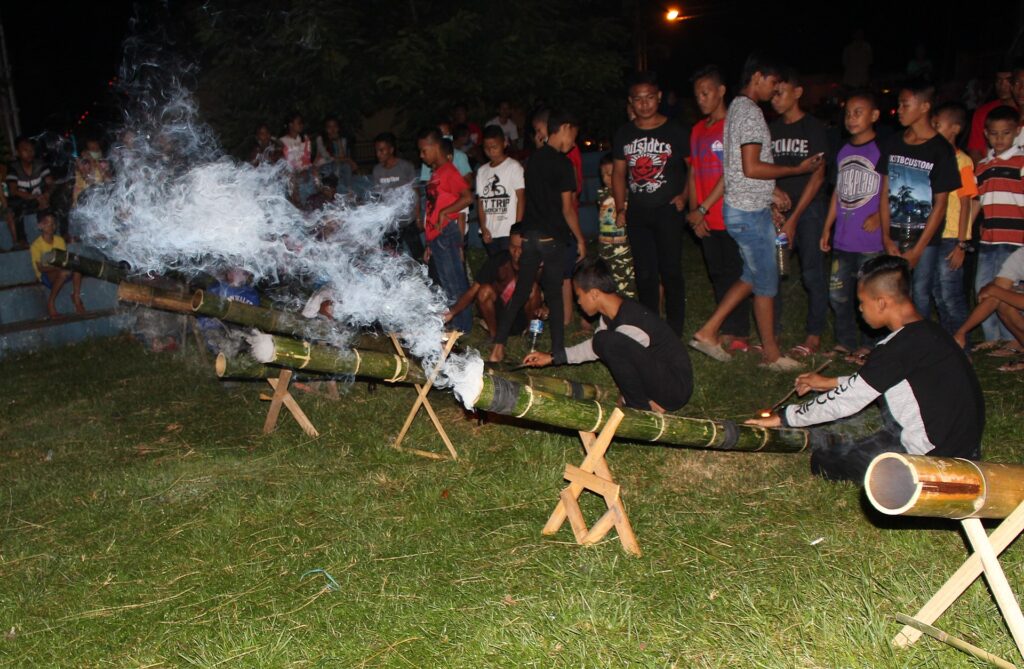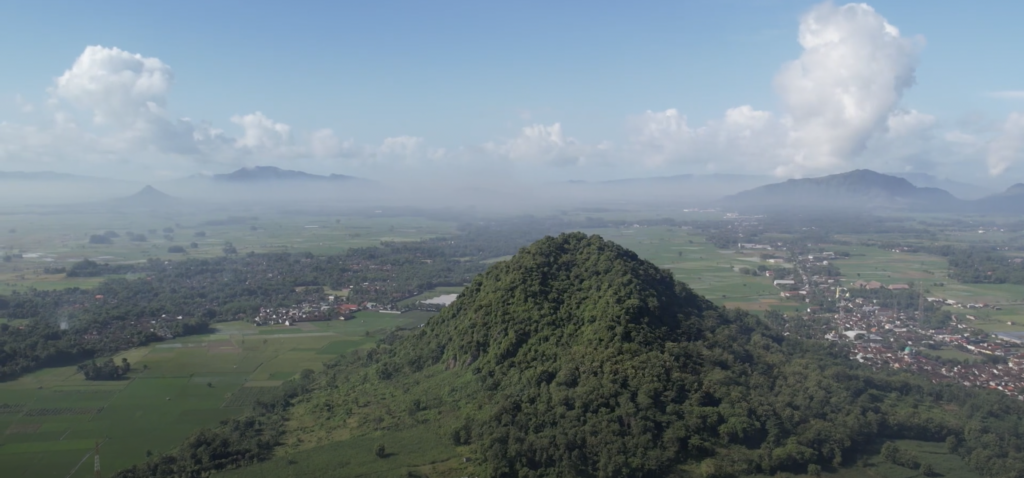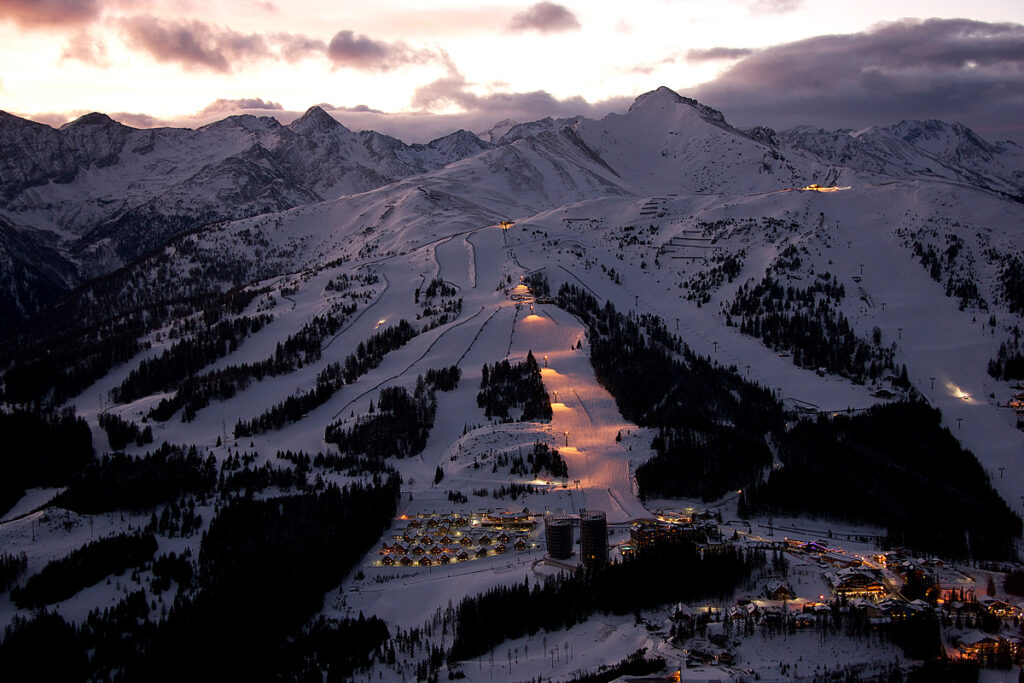Author: Ahmad Siddiq Putra Yuda
Jenggawah Hillock is one of the hillocks that is relatively large compared to other hillocks that are mostly less than 100 meters tall. With a height of over 160 meters, the people in Jenggawah district are more familiar with calling it a mountain. It is located adjacent to the Jenggawah district hall and villages such as Sruni, Cangkring, Wonojati, Jenggawah, Kertonegoro, Kemuningsari Kidul, Jatisari, and Jatimulyo, which are under the territorial jurisdiction of Jenggawah district, and they can clearly see the existence of the high hillock even from the Mumbulsari and Ambulu districts. There are two cemeteries located on the slopes of Jenggawah Hillock: the Chinese and Native cemeteries. Despite having the highest hillock in Jenggawah district, the local people today do not use it as a burial site. The Javanese people, who tend to bury important figures on high peaks, actually buried Bujuk Mareh, the first land-clearer in Jenggawah district, on a small hillock located just north of Jenggawah Hillock. On that small hillock, the grave of Bujuk Mareh is often visited by people to perform ritual activities. This indicates that the people of Jenggawah have their own way or pattern in positioning sanctifying traditions in Javanese culture.
Regardless of how the people of Jenggawah position burial locations, the people of Jenggawah in the 1970s-1980s had an annual collective activity. Collectivism, which refers to a social and philosophical orientation in which individuals place collective interests above personal interests, is expressed in the form of an activity called Blanggur.
Blanggur is a word that originates from the sound. It is a combination of the sounds of “Blang” and “Gur” which come from the explosion of a bamboo firecracker that is more than 1.5 meters long. The sound of “blang” is the effect of the bamboo explosion, and “gur” is the echoing effect of the explosion when the bamboo is launched upwards of about 300 meters. In the 1970s to 1980s, the people of Jenggawah used the Blanggur tradition once a year during the month of Ramadan to indicate the time for breaking the fast. People flocked to sit on the edge of rice fields with their families, bringing food and drinks to wait for the moment of the very loud explosion called Blanggur, accompanied by a bamboo piece launching over Jenggawah Hillock. When the sound of the Blanggur explosion began to fade, the people raised their hands to the sky. Prayers and gratitude were sung by the people before they finally devoured their meal under the Blanggur and Jenggawah Hillock. In the late 1980s, the Blanggur tradition was abandoned because people could mark the time of breaking the fast using radio technology.
Blanggur is one of the indicators that the presence of Gumuk has played a significant role in shaping the traditions of the community. The use of Gumuk’s topography seems to not only stop at the formation of a tradition but also in the economic and tourism sectors. Today, in Gumuk Jenggawah, there is an off-road vehicle attraction accompanied by the establishment of a café at the bottom of Gumuk. The presence of the off-road vehicle attraction has also changed the shape of Jenggawah Hillock, which was previously covered in trees and underbrush, to become bare in some areas for the sake of the track or path of the off-road vehicle. This phenomenon of utilizing topography for economic and tourism purposes is similar to the Aineck Katschberg Ski and Hiking Area in Austria.

